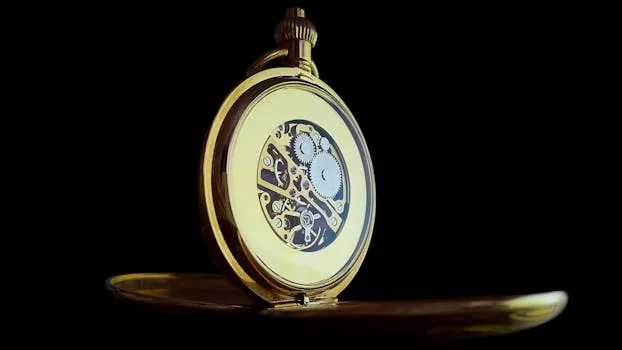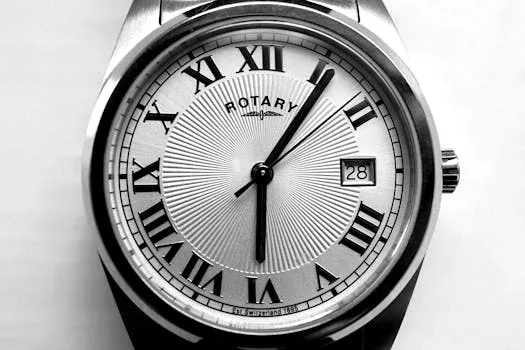“
Wearable Tech in 2025: Bridging the Gap Between Health and Technology
Wearable Tech in 2025: Bridging the Gap Between Health and Technology has become a crucial aspect of our daily lives. With the constant evolution of technology, we are witnessing a significant shift in the way we approach healthcare. The integration of wearable tech has enabled us to monitor our health and wellness like never before, making it an essential tool for maintaining a healthy lifestyle.
Introduction to Wearable Tech
Wearable tech refers to electronic devices that are designed to be worn on the body, either as an accessory or as a part of our clothing. These devices can track a wide range of health metrics, including heart rate, blood pressure, sleep patterns, and physical activity. The data collected by these devices can be used to identify potential health risks, track progress, and make informed decisions about our lifestyle. For more on this topic, check out From Smart Fabrics to Health Monitors: The Wearable Tech Revolution of 2025.
Advancements in Wearable Tech
In recent years, we have seen significant advancements in wearable tech. The development of smartwatches, fitness trackers, and health monitors has enabled us to track our health and wellness with unprecedented accuracy. These devices have become increasingly sophisticated, with some models featuring advanced sensors, AI-powered analytics, and seamless integration with other health devices. For insights on future innovations, read Futuristic Features: What to Expect from Wearable Tech Innovations in 2025.
Applications of Wearable Tech in Healthcare
The applications of wearable tech in healthcare are vast and varied. From remote patient monitoring to personalized medicine, wearable tech has the potential to revolutionize the way we approach healthcare. Some of the most significant applications of wearable tech include:
- Remote patient monitoring: Wearable tech enables healthcare professionals to monitor patients remotely, reducing the need for hospitalizations and improving health outcomes.
- Personalized medicine: Wearable tech can provide healthcare professionals with valuable insights into a patient’s lifestyle, enabling them to develop personalized treatment plans.
- Disease prevention: Wearable tech can help identify potential health risks, enabling individuals to take preventative measures and reduce their risk of developing chronic diseases.
Future of Wearable Tech
As we look to the future, it’s clear that wearable tech will continue to play a vital role in shaping the healthcare industry. With advancements in AI, machine learning, and the Internet of Things (IoT), we can expect to see even more sophisticated wearable devices that can track a wide range of health metrics and provide personalized insights. Some of the most exciting developments on the horizon include:
- Implantable devices: Implantable devices, such as pacemakers and implantable cardioverter-defibrillators, are becoming increasingly sophisticated, enabling individuals to monitor their health and receive treatment remotely.
- Smart contact lenses: Smart contact lenses are being developed to track glucose levels, monitor eye health, and provide virtual displays.
- Wearable robots: Wearable robots, such as exoskeletons, are being developed to assist individuals with mobility issues and enhance physical performance.
Conclusion
In conclusion, wearable tech has revolutionized the way we approach healthcare, enabling us to monitor our health and wellness like never before. As we look to the future, it’s clear that wearable tech will continue to play a vital role in shaping the healthcare industry. With advancements in AI, machine learning, and the Internet of Things (IoT), we can expect to see even more sophisticated wearable devices that can track a wide range of health metrics and provide personalized insights. For further reading, check out The Convergence of AI and Wearables: Shaping the Future of Personal Tech in 2025.




1 thought on “Wearable Tech in 2025: Bridging the Gap Between Health and Technology”
Comments are closed.